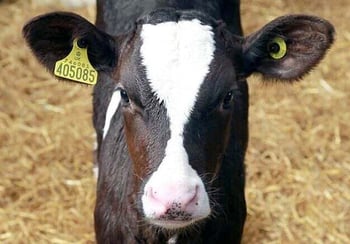Improved fertility on your farm makes good business sense. But don’t leave pregnancy to chance. Take advantage of the genetic edge you have available to you.
1. CREATE MORE PREGNANCIES NOW
If you’re looking for a fertility advantage on inseminations today, sire fertility rankings are where you’ll want to focus. The Alta CONCEPT PLUS sire fertility evaluation ranks each sire on his ability to get cows pregnant. In fact, regardless which semen type you use in your breeding strategy, you’ll find high fertility CONCEPT PLUS options to fit.
Why should you trust Alta’s CONCEPT PLUS ratings? They are based on real pregnancy check results from progressive dairy herds throughout North America. The evaluation also maintains accuracy by accounting for factors like number of times bred, month/season, technician and breeding code effects.
- Improve conception rates now by using sires with the high fertility CONCEPT PLUS rating to boost your herd’s current conception rates.
- Improve fertility of your future herd by including DPR and/or HCR and CCR in your customized genetic plan.
To learn more about Alta Concept Plus speak with your Alta Rep or click here.
- CONCEPT PLUS DxD
high fertility sires will give you a 2%-5% greater chance at creating a pregnancy with conventional semen.
- CONCEPT PLUS 511
high fertility SexedULTRA sires offer a 4%-9% conception rate advantage over the average sexed bull
- CONCEPT PLUS BxD
high fertility beef x dairy sires give you a 2%-5% greater chance at creating a conventional pregnancy than the average beef bull used on dairy cows.
If you’re more familiar with sire conception rate (SCR), keep in mind that Alta’s CONCEPT PLUS 511 evaluation is more complete, current, and consistent – and actually served as a basis for SCR. The info below compares each evaluation.



